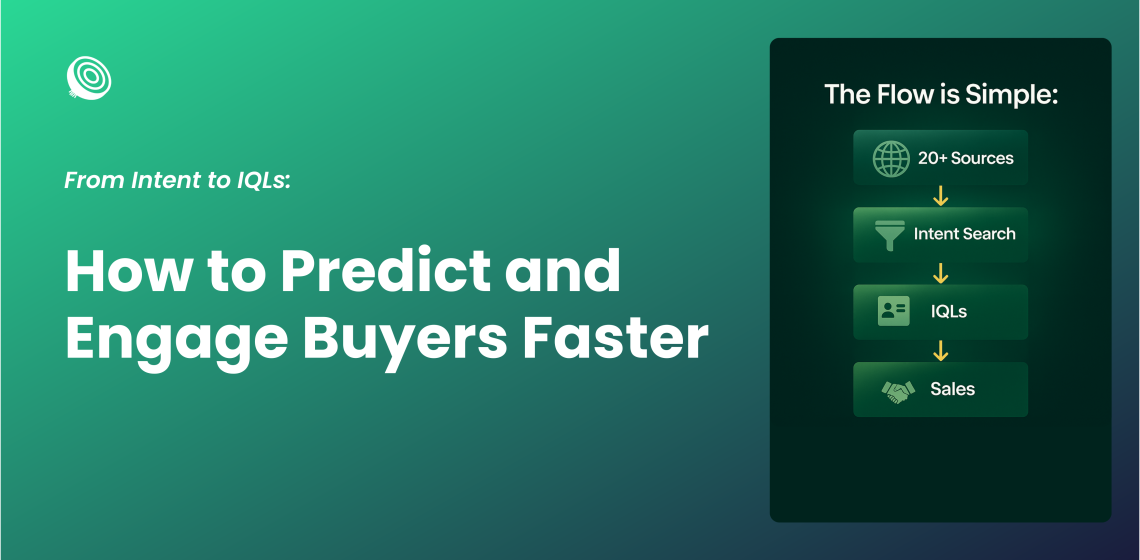In B2B sales, timing is everything — yet most teams still find out about buying intent when it’s already too late.
By the time a lead becomes “marketing qualified,” the deal is already in motion. Competitors are influencing the conversation, budgets are set, and your brand is fighting for attention rather than leading the shortlist.
That’s why forward-thinking teams are moving beyond traditional lead scoring and adopting Intent Qualified Leads (IQLs) —
In this post, we’ll explore:
- Why MQLs are no longer enough
- What makes an IQL different
- How to move from intent signals to IQLs
- Practical examples of how GTM teams are engaging buyers earlier and closing faster
The Problem: You’re Entering the Conversation Too Late
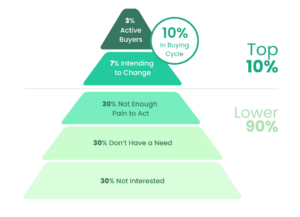
Let’s face it — by the time an MQL hits your pipeline, the buyer has already done most of their homework.
According to Forrester:
- 95% of buyers research online before engaging sales.
- The average B2B buying cycle involves 6–10 decision-makers.
- 70% of the journey is complete before a prospect ever fills out a form.
Traditional funnel models can’t keep up with this new reality. MQLs rely on observable actions (like downloads or demo requests), but those happen after the buyer has formed preferences.
By then, you’re chasing — not leading.
The Fix: Introducing Intent Qualified Leads (IQLs)
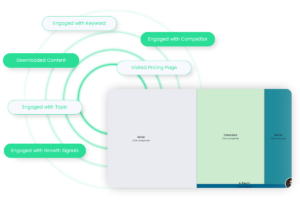
An Intent Qualified Lead (IQL) is a contact or account that’s showing active buying intent — validated across multiple signals — before they take traditional MQL actions.
Where MQLs show engagement, IQLs show readiness.
Lead Onion’s platform turns raw intent signals into IQLs by combining:
- Fit: How closely the prospect matches your Ideal Customer Profile (ICP).
- Intent Intensity: How strong, recent, and frequent their research activity is.
- Multi-Source Validation: Cross-referencing 20+ data streams to confirm genuine buying behaviour.
The result? A live list of verified, ready-to-engage buyers — before they hit anyone else’s radar.
From Intent to IQLs: The 4-Step Framework
1. Detect the Right Signals Early
The average B2B buyer consumes content across 13 different channels before making a decision (FocusVision). Relying on one data type means you’re missing most of them.
Lead Onion aggregates 20+ intent sources — from publisher data and review platforms to CRM activity and social engagement — to detect surges in research that indicate genuine buying behaviour.
📌 Example: A cybersecurity vendor spotted a spike in searches for “endpoint protection” across multiple publishers. Within hours, their SDRs were engaging verified contacts from those accounts — weeks before competitors reached them.
2. Score and Prioritise by Fit + Intent Intensity
Not all signals are equal. A company reading one article isn’t the same as one whose entire buying committee is researching across several sites.
That’s why Lead Onion scores every account and contact by:
- Fit → ICP match (industry, size, tech stack)
- Intent Intensity → number, frequency, and recency of research signals
The result is a prioritised list of IQLs in your top-right quadrant — the perfect intersection of fit and readiness.
📈 Teams using intent scoring to prioritise leads see 2.5x higher conversion rates (TOPO).
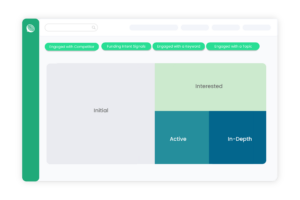
3. Engage at the Moment of Intent
When intent peaks, timing is everything.
Lead Onion integrates directly with your outreach tools, CRM, and ad platforms so you can act fast. The moment a target account surges in intent:
- SDRs are automatically notified.
- Marketing campaigns retarget that account with personalised content.
- Outreach sequences launch — while the buyer is still actively researching.
📌 Example: A SaaS team set up automated workflows that triggered outreach when an account showed a 30% intent increase week-over-week. Within 30 days, they saw a 40% lift in demo bookings.
4. Measure and Optimise the Impact
Converting signals into pipeline isn’t a one-and-done process — it’s continuous optimisation.
Track how your IQLs move through the funnel:
- IQL → MQL → SQL conversion rates
- Demo-to-close ratios
- Pipeline generated vs. sourced from cold outbound
With this data, you can refine your scoring model, adjust cadences, and continually improve your conversion efficiency.
📊 Example: A marketing agency used IQL tracking to refine their outreach timing, cutting response lag from 5 days to under 24 hours — boosting open rates by 60% and demo conversions by 35%.
Why It Works
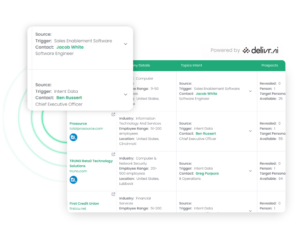
Intent Qualified Leads bring structure and speed to what used to be guesswork.
Instead of reacting to signals in isolation, your team is equipped with a prioritised, validated, and live list of buyers already in-market.
With IQLs, you can:
- Align marketing and sales around a shared view of buyer readiness.
- Focus resources where they’ll have maximum impact.
- Shorten your sales cycle by engaging before the competition.
💡 Teams using intent-qualified leads see an average 40% faster pipeline velocity and 2x higher close rates compared to traditional MQLs (Lead Onion benchmark).
The Bottom Line
The B2B buying journey is complex, noisy, and competitive — but intent data gives you an early advantage.
Turning that data into Intent Qualified Leads (IQLs) gives you the precision, validation, and speed to engage the right buyers, at the right time, with the right message.
If your team wants to stop guessing and start predicting, it’s time to move from intent to IQLs.
Ready to See It for Yourself?
The best way to understand how IQLs work is to try them yourself. In just a few clicks, you can start finding in-market buyers and turning intent signals into pipeline.


